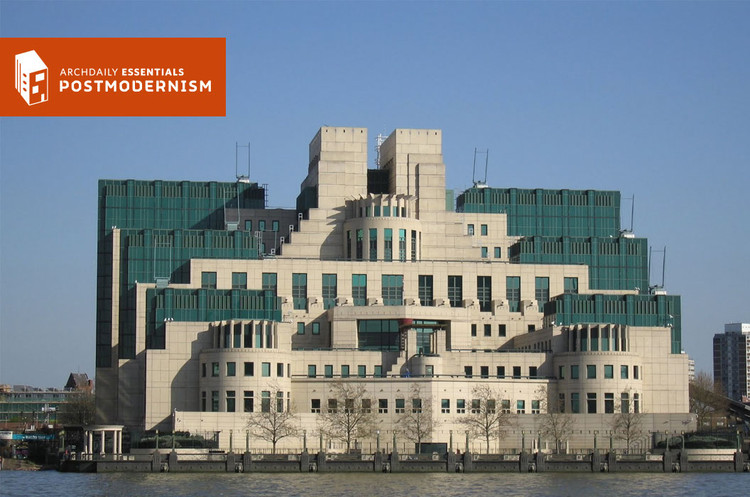
What do Ice Cube, the members of Pink Floyd, and Seal have in common with fashion icon Tom Ford and former president Thomas Jefferson? They all studied architecture. Perhaps a representation of the diversity of talents in architecture studios, household names like Samuel L. Jackson and Courteney Cox found their footing as students of architecture prior to reaching success in other fields.
We've put together a list of some of the most unexpected names gracing the yearbooks of architecture schools from around the world, including the likes of Queen Noor of Jordan and George Takei of Star Trek fame. Discover "Weird Al" Yankovic's true (architectural) passions after the break.
































-2.jpg?1430924661)